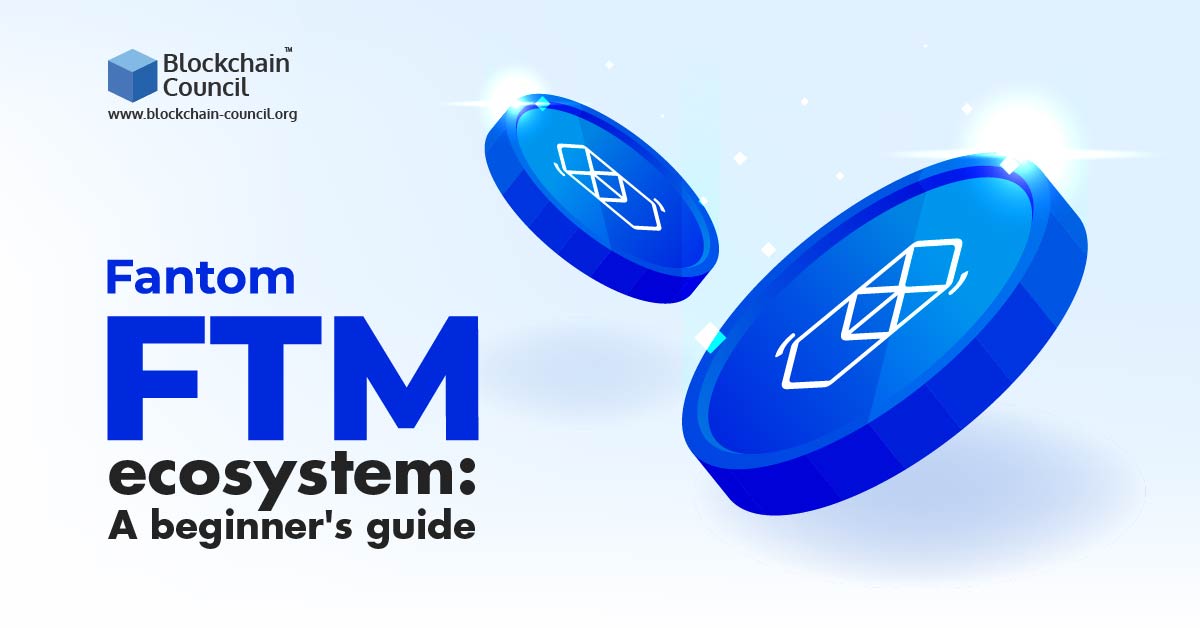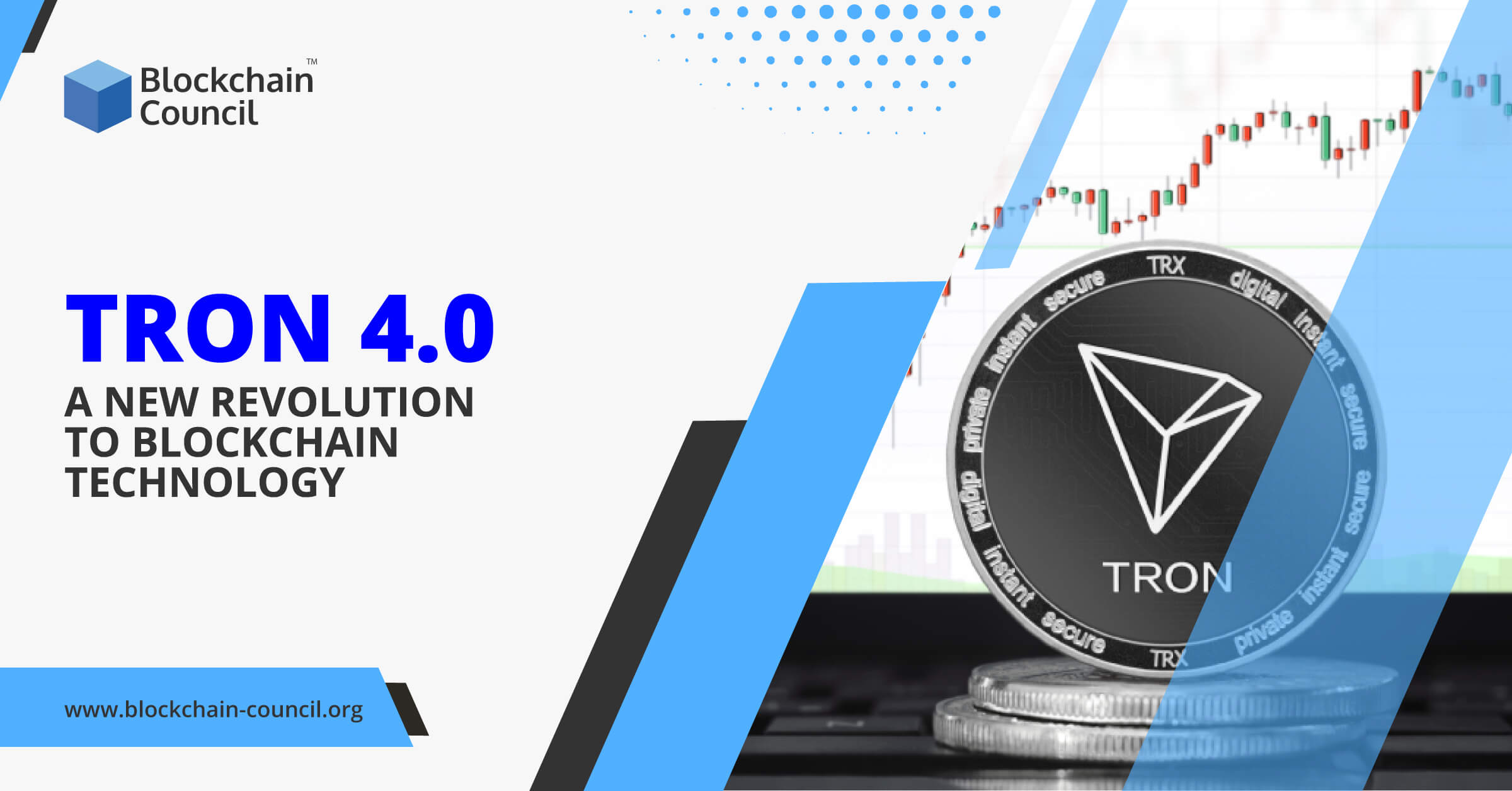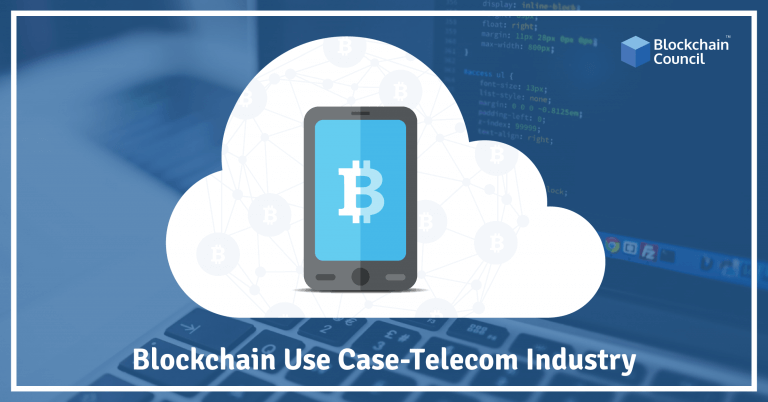
- Blockchain Council
- June 13, 2022
The Ethereum-compatible Layer 1 infrastructure is home to a thriving Defi industry. It has quickly become a favorite among many of the cryptocurrency space’s most productive developers leading to blockchain development.
Fantom is a Proof-of-Stake network at Layer 1 with economic financing costs and speedy completion. In addition, Fantom has amassed a significant Defi ecosystem of both indigenous and Ethereum-native services from its very inception in 2019.
What do you mean by Fantom?
Fantom is one of the Layer 1 blockchain alternatives that gained momentum in 2021. The network has gained numerous developers and consumers who were previously priced out of utilizing Ethereum because of its hefty gas expenses. To establish agreement, the Fantom base chain employs Directed Acyclic Graphs.
It protects an additional implementation layer known as Fantom Opera, which conducts more particular and complicated operations on the blockchain platform. Nowadays, many people keep referring to Fantom Opera when individuals discuss Fantom, and it is the home of the blockchain’s Defi network.
Opera is the first Fantom in-built execution layer that is consistent with the Ethereum Virtual Machine. This implies that programmers may build, deploy, and operate solidity-based smart contracts on Fantom exactly as they would on Ethereum. Fantom’s interoperability with Ethereum has also aided growth by allowing developers to quickly move apps from Ethereum to Fantom with minimal modifications to the core technology. In addition, Fantom, like certain other Layer 1 blockchains, has a Proof-of-Stake verification process.
There is no initial bet: players may collect incentives with only one FTM. Those staking less need, nevertheless, to transfer their coins to a verified participant. The current minimum stake to operate a network is 500,000 FTM.
Because of its Lachesis agreement method, the Fantom validation process is fast and ungovernable. Fantom does not employ single verifiers to determine which operations are legitimate in each block; alternatively, it relies on the network-wide agreement.
By eliminating leaders, the bulk of processing transactions is no longer reliant on the verifiers with the most coins, as is the scenario with other Proof-of-Stake chains, including Solana and Avalanche. This promotes Fantom’s decentralization and, as a result, reliability by requiring all verifiers to perform an appropriate place in the consensus mechanism.
Because Fantom is Ethereum-compatible, it may even be accessible using prominent Web3 wallets such as MetaMask. To connect to Fantom, users simply need to add the Fantom Opera system to MetaMask.
What is FTM used for?
The Fantom platform’s principal cryptocurrency is FTM, which is used for payouts, governance, staking, and charges, as well as network security.
Payments
The Fantom network’s quick finality speeds up transactions (take around a second). Furthermore, the FTM token’s fast throughput and cheap expenses (approximately $0.0000001) keep it ideal for money exchange.
Governance
FTM is essential for on-chain administration, where participants may suggest and vote on changes and improvements through governance. Because Fantom is a completely permissionless and leaderless decentralized ecosystem, all system decisions are made on-chain. As a result, the governance coin, FTM, should take an active part in the voting system.
Staking
Without necessitating any extra hardware or software, FTM can be used to stake to protect the Fantom system and obtain FTM coins as a return. It is such an easy thing to understand. Anyone may do it from their laptop or smartphone.
Network charges
FTM is being used to settle network costs such as those associated with implementing Fantom smart contracts or establishing new systems, as well as processing fees.
The charge assures that the system is not an obvious victim of spam and that a bad operator cannot slow down the network or clog the ledger with irrelevant information.
Even though the service costs on Fantom are very low, they are adequate to deter hackers by putting admission into the network prohibitively expensive for a malicious attacker.
Network safety
The FTM coin tries to protect the network by using a proof-of-stake method in which holders must lock their coins, and verifiers must have a minimum of 3,175,000 FTM to operate. Stakers and approvers are compensated with charges and epoch awards for their actions.
Fantom Decentralized Exchanges
Fantom presently offers two prominent decentralized exchanges where consumers may trade commodities as well as provide cash flow. SpookySwap is by far the most popular among the two. SpookySwap, with approximately $1 billion in combined worth locked, is now the largest native Defi protocol on Fantom. SpookySwap’s user interface is straightforward, giving it an excellent spot to begin discovering the platform’s Defi marketplace.
Swapping operates very much in the same manner as it does on other automated market makers (AMMs): consumers pick the assets to switch and the price to exchange before executing the deal. Before submitting transactions, the SpookySwap exchange interface offers valuable data like potential slippage, pricing effect, and charges. Setting trades limit for asset pairings can also be created by advanced consumers.
By offering credit to SpookySwap’s pools, customers can earn incentives like the BOO coin and transaction expenses. BOO stakers earn 0.03 percent of exchange fees; therefore, the quantity of incentives handed outgrows in tandem with protocol participation.
However, SpookySwap does more than just trade. The system has also created a user-friendly interface for the Multichains Fantom bridge, which smoothly amalgamates with the exchange.
Participants may transmit assets to and from Fantom as well as numerous other Ethereum-compatible Layer 1 and Layer 2 platforms, such as Binance Smart Chain, Polygon, Arbitrum, and Avalanche, via the bridge.
SpiritSwap, Fantom’s second-largest exchange, has comparable capabilities to SpookySwap and has also incorporated Multichain’s Fantom bridge. SpritSwap’s primary innovation, however, is its inSPIRIT token mechanism.
Liquidity suppliers that acquire the native SPIRIT token of the exchange can freeze it on the system and obtain inSPIRIT coins. Similar to SpookySwap’s BOO coin, inSPIRIT, investors get a part of the exchange’s charges. Specifically, consumers can vote on which liquidity funds acquire increased yields.
The vesting technique employed by SpiritSwap is comparable to the one used by Curve Finance, Ethereum’s largest Defi mechanism. The longer investors keep their SPIRIT coins locked up, the more inSPIRIT coins they will receive, providing them additional voting power. This implies that SPIRIT owners are motivated to keep their coins for a longer period to have greater control over which produce farms receive higher payouts.
Borrowing and lending mechanism
Following on from trades, the next critical component of Fantom’s Defi ecosystem is its lending and borrowing platforms. Geist Finance is Fantom’s largest “Defi bank.” Geist Finance, which debuted in October 2021, is a recent newcomer into Fantom’s Defi market, but it has swiftly garnered significant attention.
Geist operates similarly to the Ethereum-native lending technologies, Compound and Aave, and has grown to become Fantom’s third-largest protocol as a result of its novel token incentive program.
Geist has effectively managed appealing returns for consumers by rewarding them with its native cryptocurrency, GEIST. Unlike other protocols that enable liquidity miners to instantly trade their token prizes, Geist has a three-month vesting time on all GEIST tokens acquired. Throughout this time, owners begin to receive a portion of the protocol’s income as if their tokens were staked.
Coins can be redeemed at any moment during the three-month vesting period. After that, however, investors will lose half of their original coins. These forfeited coins are subsequently awarded to customers who opt to lock up their GEIST for the entire three months, further benefiting long-term owners.
Scream, another loan and borrowing platform, aren’t far behind Geist Finance. Scream, which pays tribute to the iconic horror film series of the same name, is almost functionally similar to Geist. The protocol does, nevertheless, offer to lend and borrow for a wider variety of assets, such as numerous minor stablecoins like FRAX, DOLA, and TUSD. Scream deviates from Geist in its token award mechanism.
It is actively improving its SCREAM token staking mechanism to funnel 70% of all net income to token stakers, with the balance 30% routing to a newly debuting DAO. Approximately half of the DAO’s assets will be held in reserve as insurance against a catastrophic event such as a token flaw or hack. The remaining half will be used to fund new goods, provide rewards, and conduct token buy-backs, depending on community approval.
Tarot, the network’s 14th-ranked mechanism, is another important lending platform on Fantom. Tarot’s specialty is leveraged yield farming, which allows liquidity suppliers to lease assets from creditors to increase the returns provided by their holdings. While this approach has the potential to generate large returns, it also exposes members to the possibility of incurring their positions closed down.
For individuals who do not wish to take on more risk, Tarot lets people deposit their funds for other individuals to employ in leveraged tactics. Account-holders can thereby earn substantial profits on specific assets without fear of being liquidated if the market turns against them. Nevertheless, if lent coins are heavily used, there may be a delay in withdrawing assets. This implies that locking up coins poses a risk to people who require quick and easy access to their investments.
Storing FTM
You should avoid keeping your FTM on exchanges due to custodial concerns. If you rely on custodial services, you’ll also miss out on staking incentives. Instead, wallets like fWallet (Fantom wallet), MetaMask, Ledger, and other popular mobile wallets can safely store FTM and Fantom-based currencies like USD Coin (USDC) and fUSDT.
With fWallet, you may receive, transfer, stake, and access the Fantom DeFi ecosystem. MetaMask is a tool for communicating with Fantom DApps and storing FTM on the mainnet.
The Ledger Nano is by far the most accepted hardware wallet and the safest way to retain your mainnet FTM and interact with DApps on Fantom. More than 1 million people use the Coinbase wallet to store FTM and access the Fantom network.
Is Fantom a good investment?
Given the volatility of the cryptocurrency industry, no stake can deliver the expected returns. Therefore, before committing finances, always conduct research on the procedure, organization, sponsors, and relationships. Don’t ever spend more than you could ever comfortably afford.
Fantom is not a safe investment, yet being a massively efficient platform for corporate applications and cryptocurrency DApps. So, should you buy Fantom (FTM)? Unfortunately, the uncontrolled cryptocurrency market is subject to recurrent hacks, frauds, and cyberattacks, creating FTM, like so many others, an unsafe financial asset. As a result, engage with your danger.
Keep up to speed on how cryptocurrency thefts occur and defend oneself by employing different security methods such as 2FA, limiting custodial wallets, and so on.
The Future of Defi on Fantom
The Fantom ecosystem is rapidly expanding, with numerous forthcoming initiatives expected to provide even more cash flow to the chain. The popular degenbox method from Daniele Sestagalli’s Abracadabra.Money is one much-awaited component due to arrive on Fantom.
The approach enables consumers to invest in Terra’s UST stable coin in order to borrow Abracadabra’s MIM stable coin. Because UST and MIM are both stable securities, borrowing may be scaled up with a lower chance of liquidation than borrowing against unpredictable holdings. The degenbox approach, on the other hand, is dependent on UST retaining its $1 peg—if UST falls far below $1, leveraged holdings on Abracadabra will be terminated.
The degenbox approach has become successful among Ethereum DeFi consumers despite of the risks involved.
Based on the quantity of leverage employed, the approach can provide profits on stablecoins ranging from 40 to 110 percent. Unfortunately, while Abracadabra is already available on Fantom, it presently only enables consumers to lend MIM in exchange for FTM coins. Nevertheless, once Terra combines UST with the Fantom network, it is assumed that Abracadabra intends to carry over the degenbox technique.
Andre Cronje, the well-known DeFi architect, is working on a new DeFi system on Fantom with the assistance of Sestagalli. The proposal will incorporate numerous prominent DeFi elements from other protocols, including a token vesting scheme akin to Curve Finance and an anonymous provision for protocol bribery, which Convex Finance popularized.
Cronje revealed recently that the proposed framework would operate as an automated professional trader for techniques, enabling them to kickstart volatility and simply give coin rewards to establish a much more effective DeFi system on Fantom. To ensure a fair introduction of the new technology, a first allocation will be made to the 20 leading Fantom DeFi enterprises with the largest combined worth frozen. Furthermore, to guarantee that coins choose the most engaged and committed DeFi consumers on the network, every protocol will select how and where to allocate coins to its participants.
Conclusion
With a robust base of coin marketplaces and borrowing services, Fantom has already drawn over $8 billion over more than 100 protocols. Moreover, because of its Ethereum interoperability, a growing number of consumers and manufacturers are selecting Fantom to design and deploy their protocols and commodities. The network’s latest growth confirms this tendency. Fantom’s total secured worth has surged 109 percent in the last month and shows no signs of easing.
If you want to delve deep into the blockchain and crypto realm, then you can start by looking for some blockchain technology courses. Blockchain Council offers some of the best blockchain certification courses at an economical price. You need to simply search out for the course that best meets your expectations.





































































 Guides
Guides News
News Blockchain
Blockchain Cryptocurrency
& Digital Assets
Cryptocurrency
& Digital Assets Web3
Web3 Metaverse & NFTs
Metaverse & NFTs
